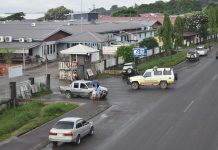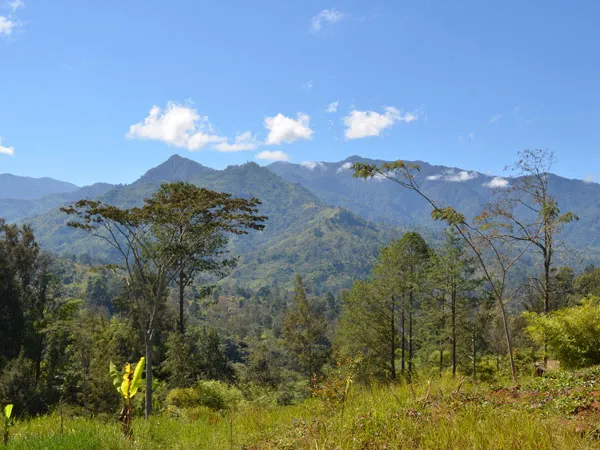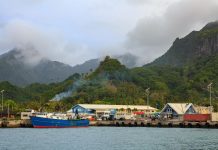Amalgamated Telecom Holdings Limited (ATH) is on the cusp of launching the completion of its greenfield network project in Papua New Guinea (PNG).
Scheduled to open in the next few months, the greenfield network roll out has been executed with little help from host country, Papua New Guinea.
ATH chief executive officer, Ivan Fong, made the remarks at the annual general meeting, which was held at the Grand Pacific Hotel in Suva last month.
The PNG project nears readiness with the construction of a number of cell tower sites, and completion of modern data centres that hosts the Next Generation Core Network systems, he said.
ATH made a revenue of FJD$579.77 million (US$273.9 million), against FJD$675.95 million (US$319.465 million) for the corresponding period in 2020.
The group recorded a profit before tax of FJD$54.74 million (US$25.871 million), against FJD$70.42 million (US$33.281 million) in 2020.
An interim dividend of two cents per unit was announced, totalling FJD$9.7 million (US$4.58 million).
The future is set in digitalisation, Fong said.
A clear indication of the future is in the fact that internet usage continues to grow at an annual rate of 30 per cent, he said.
“We have to buy more capacity to ensure that the level of service that customers are accustomed to remains,” he said
Businesses have been forced to digitalise following the COVID-19 pandemic, Fong said.
“Even if we come to some reasonable normality out of COVID-19, the online ways of doing things now becomes a real option for everyone to be able to use.”
With no end in sight to the continued growth in consumption of broadband, the group continues to build fibre infrastructure to homes, and deliver multi-gigabit speeds to connect cell towers, Fong said.
“The group will focus on realignment of its capital structure, and reinforce and develop favourable economic benefits,” he said.
ATH chairperson Kalpana Lal said 2021 was a year of paradoxes for the telecommunications industry.
“While the macro economic environment and Government restrictions posed several challenges to our operations, the global movement towards accelerated digitalisation with increased spending on telecommunications and technology provides a strong tailwind to propel our business,” Lal said.
“As we survey the state of technology development, new wireless broadband technologies are on the horizon,” she said.
Such technologies are expected to support broadband capacity with low latency services, she said.
Improving the broadband capacity would enable the deployment of the “internet of things,” among other innovations, Lal said.
“This is promising, as it will drive demand for more optical fibre deployments, data centres, international cable connectivity, and infrastructure investments, to adequately provide consumers the services they want,” she said.
SOURCE: FIJI SUN /PACNEWS















